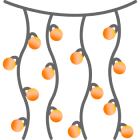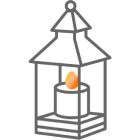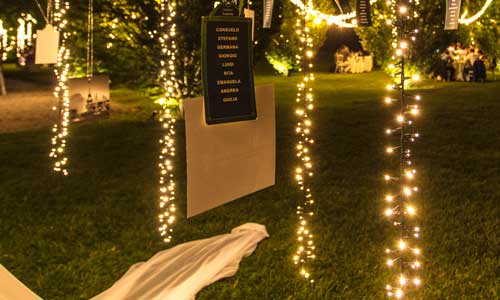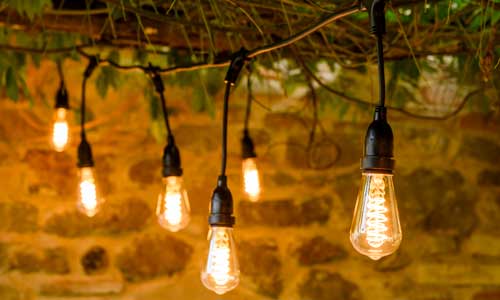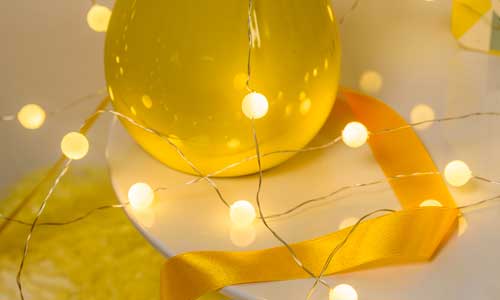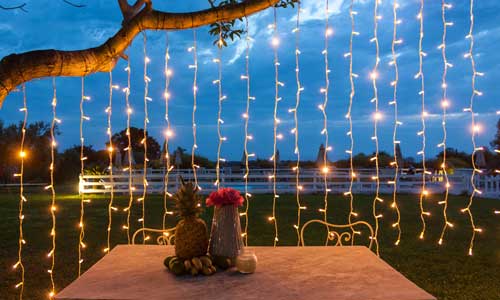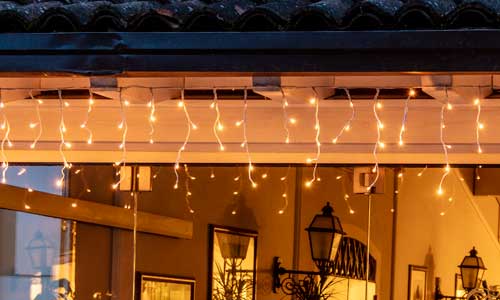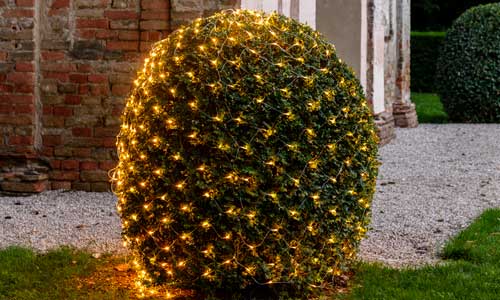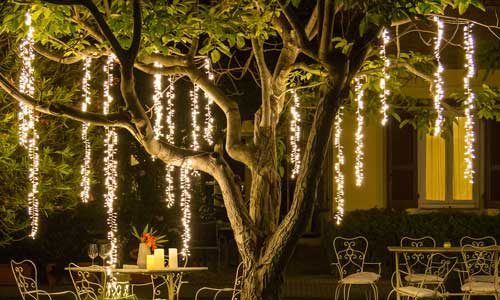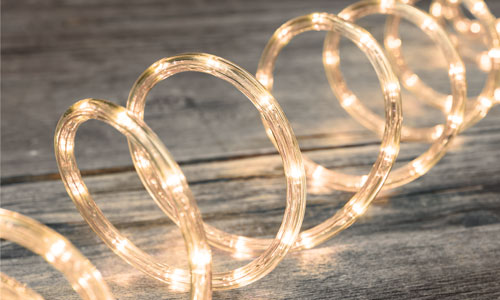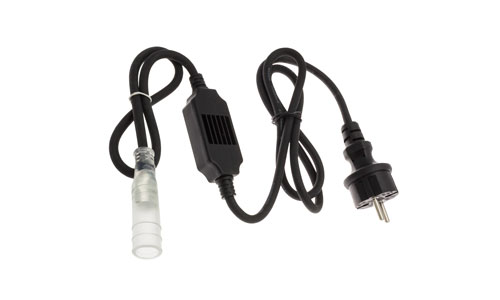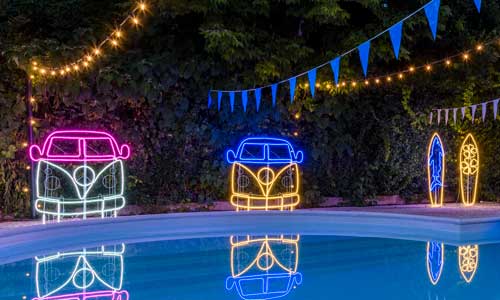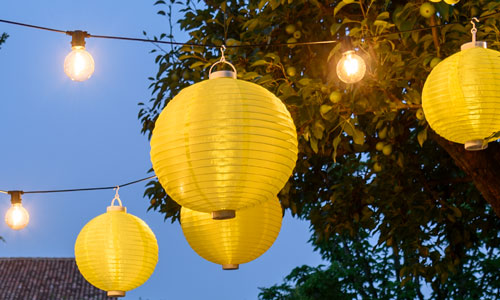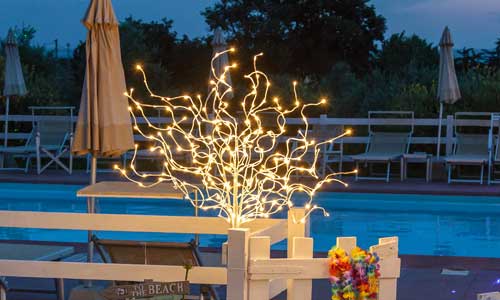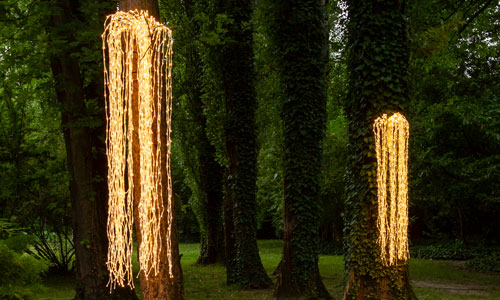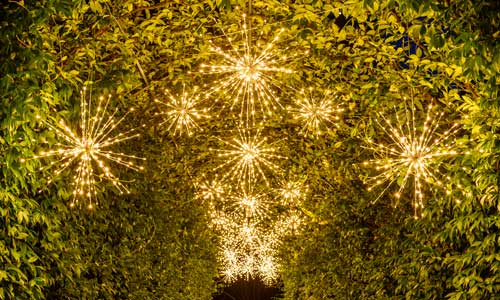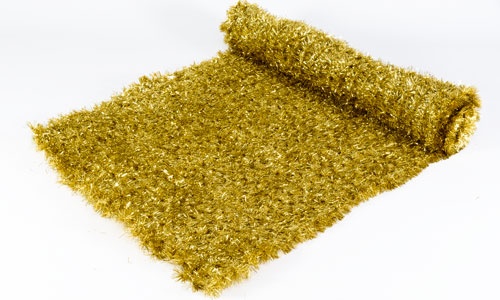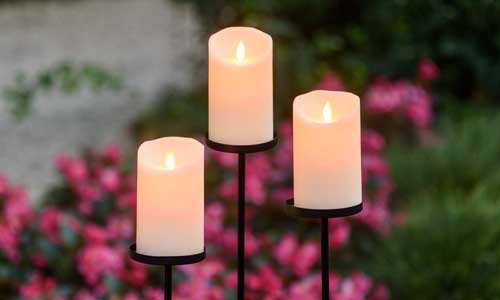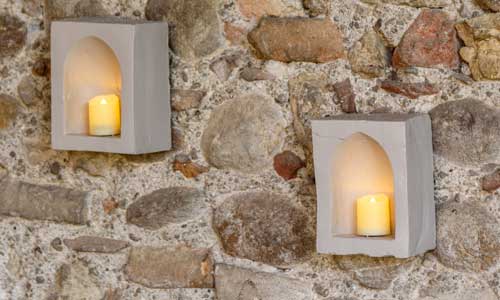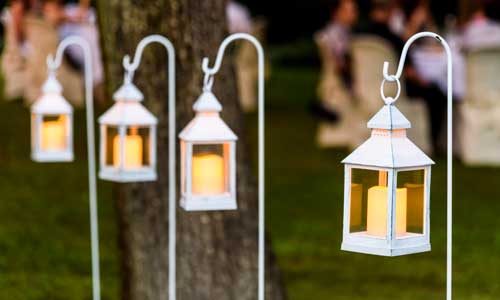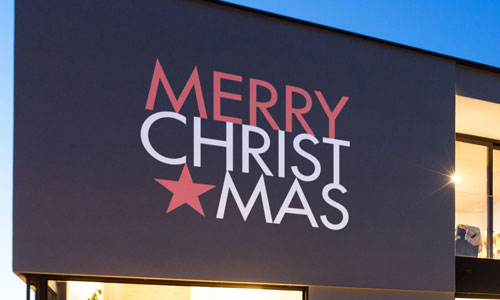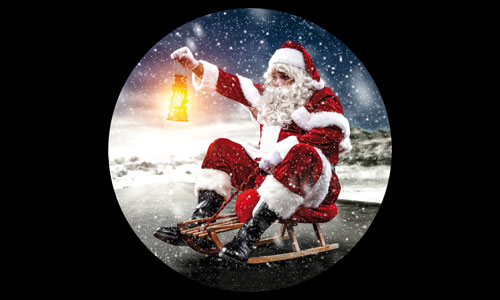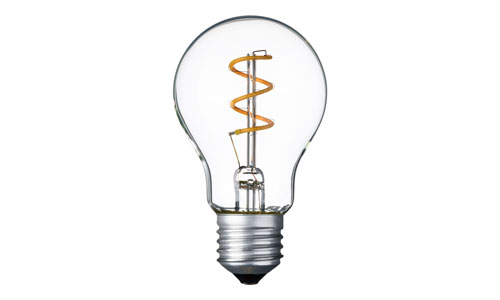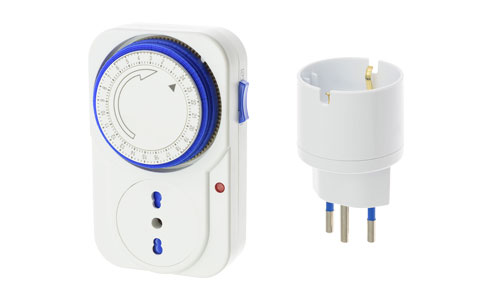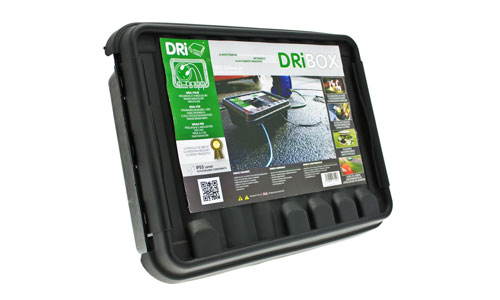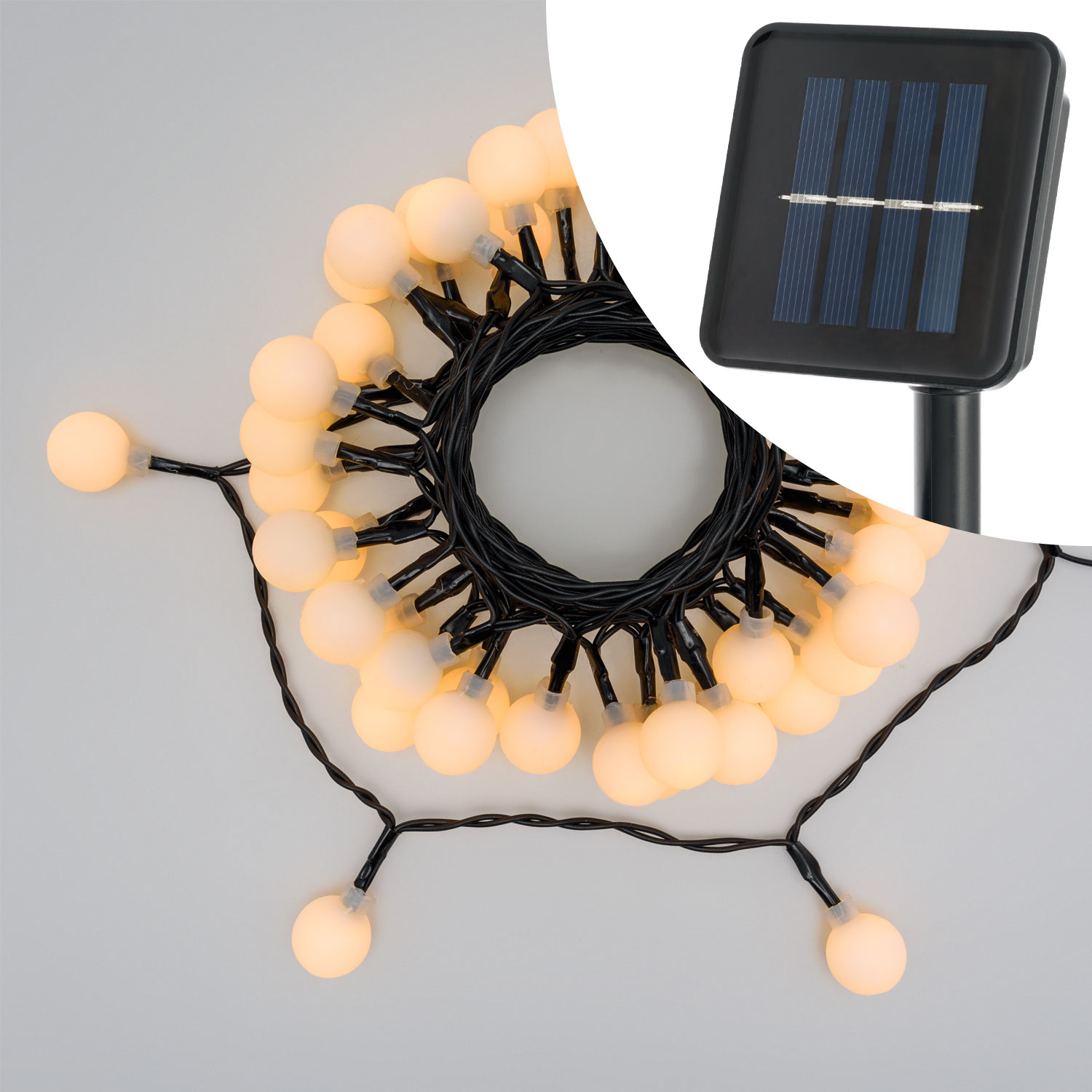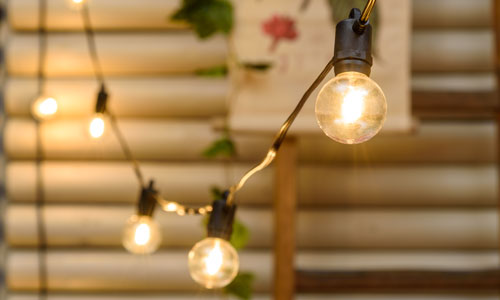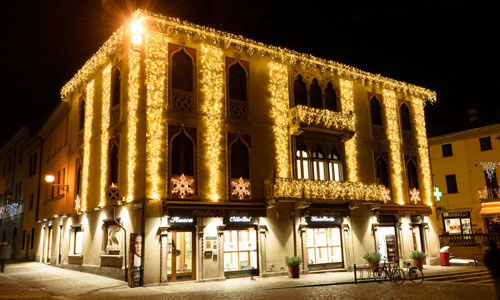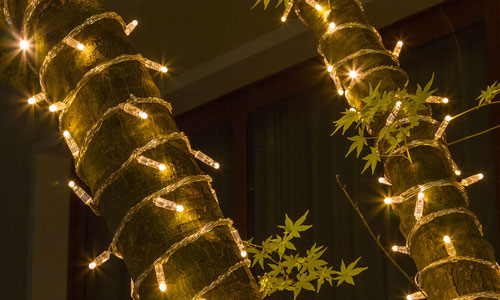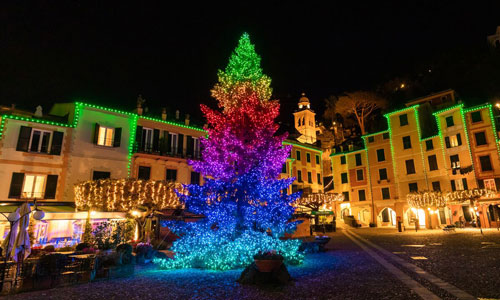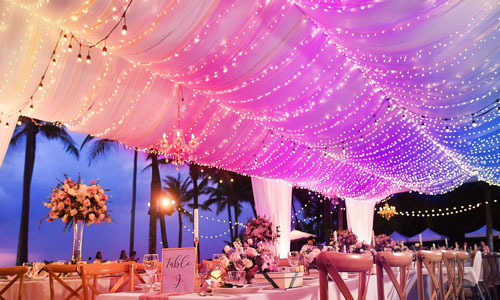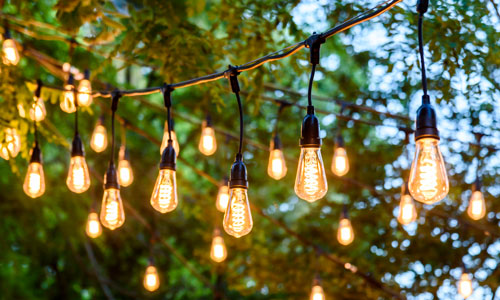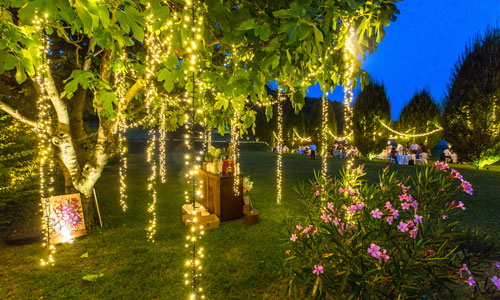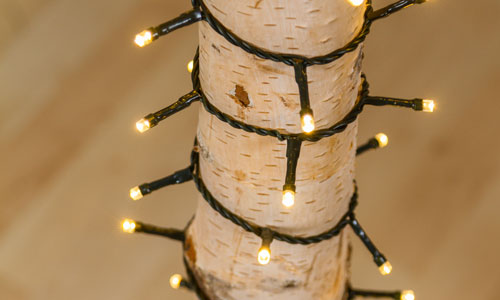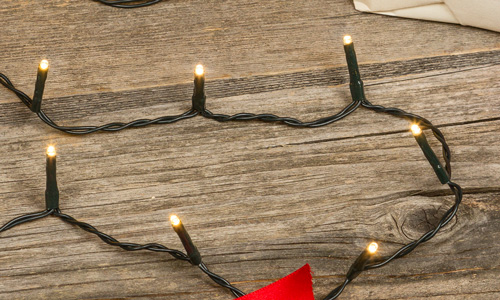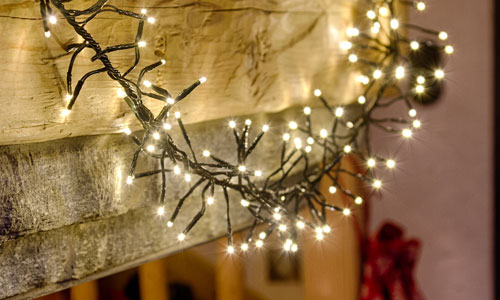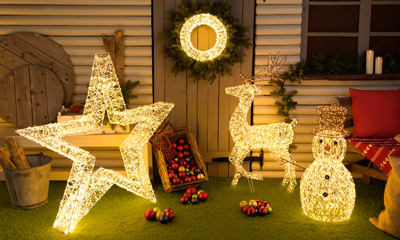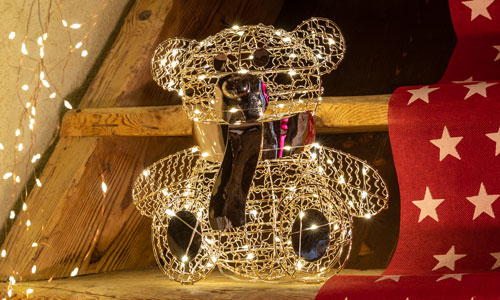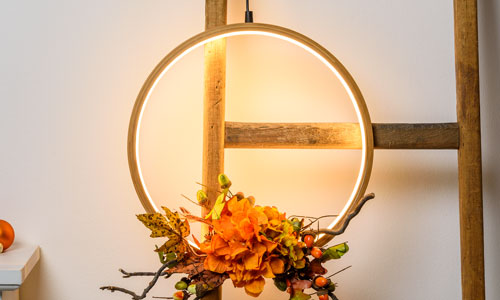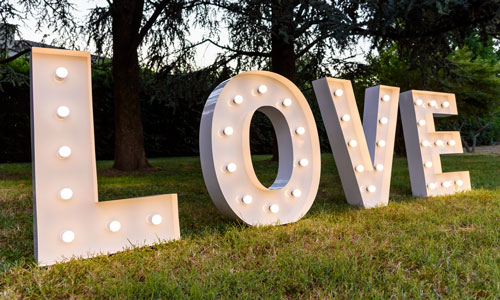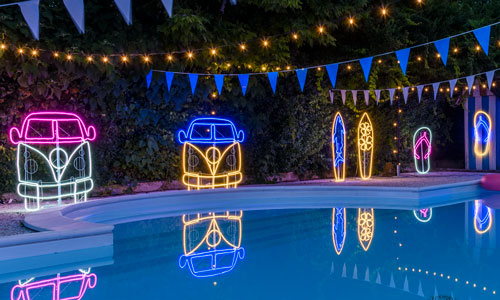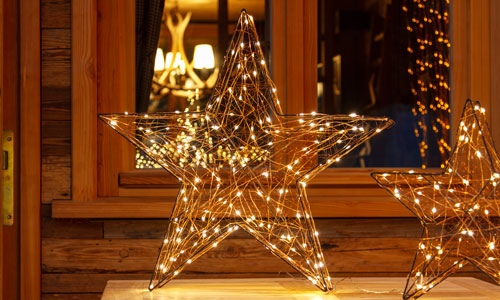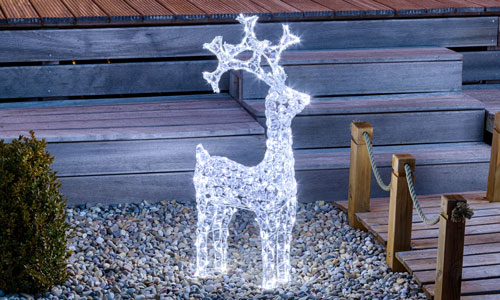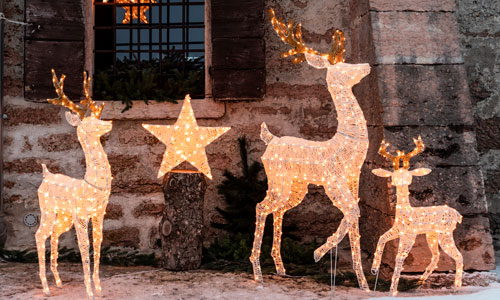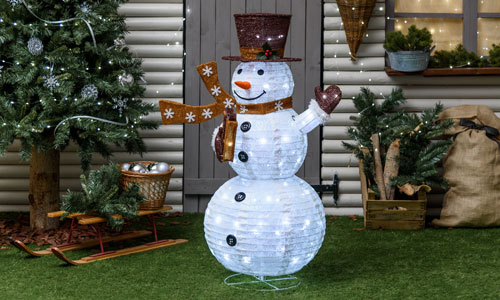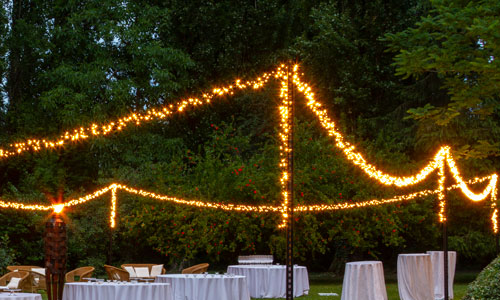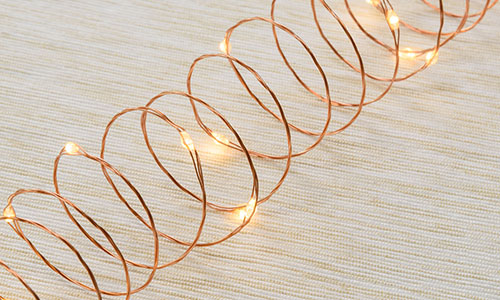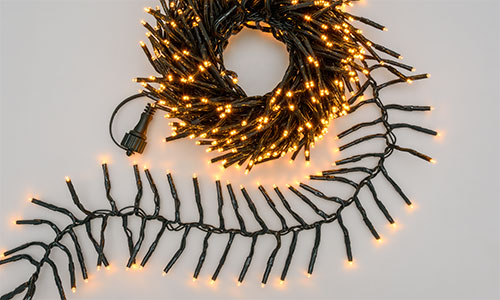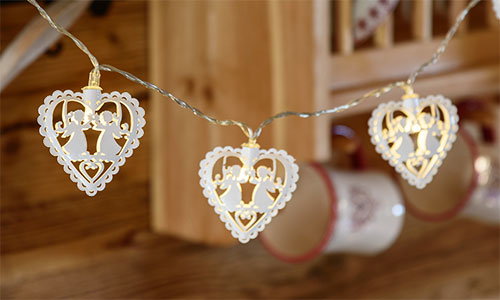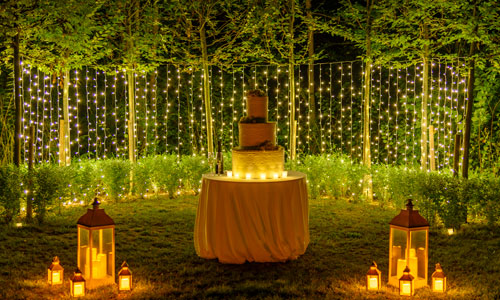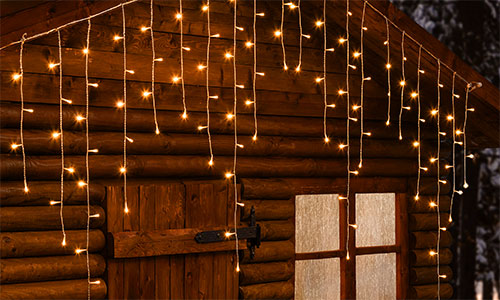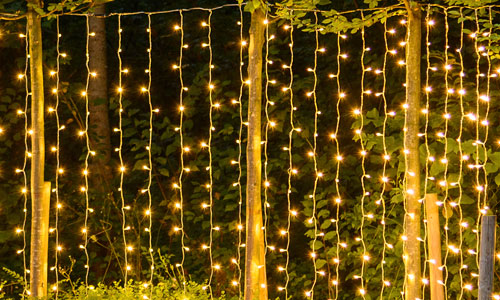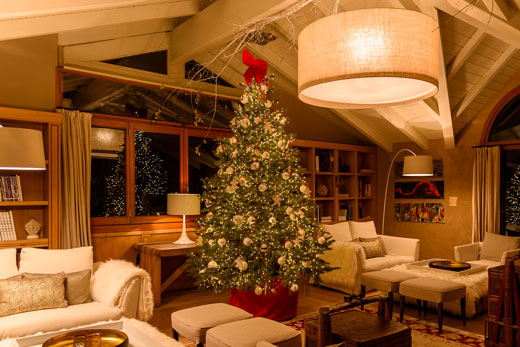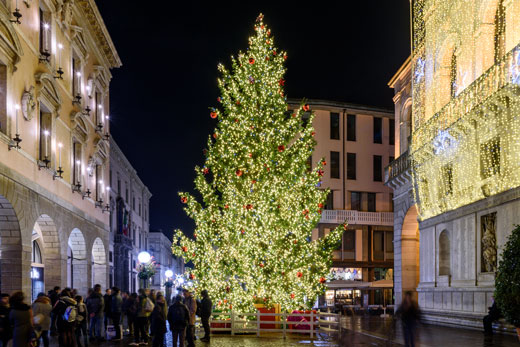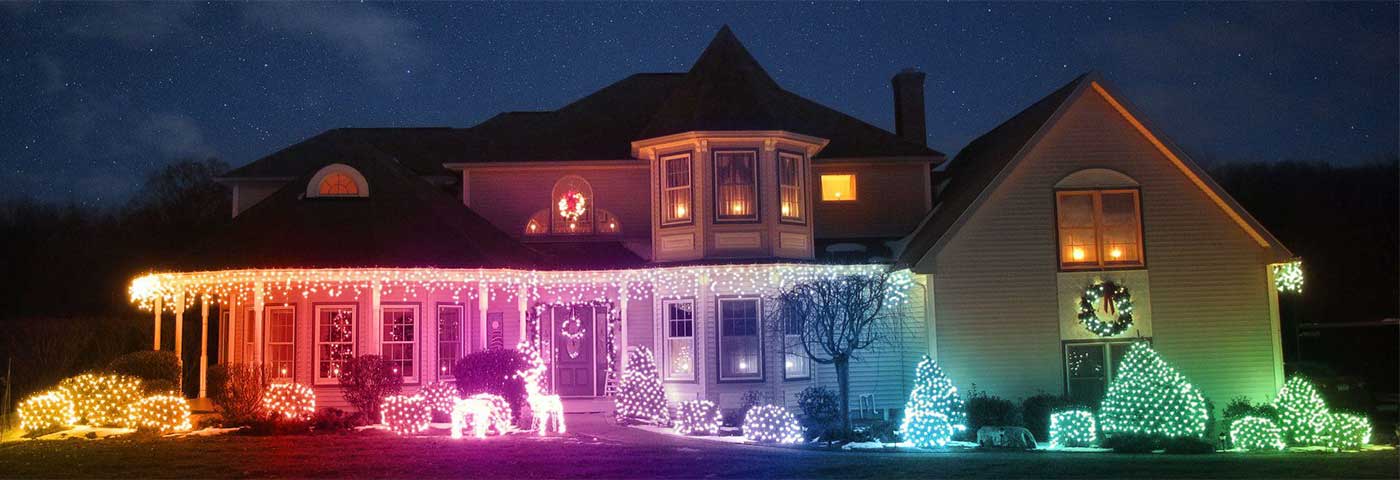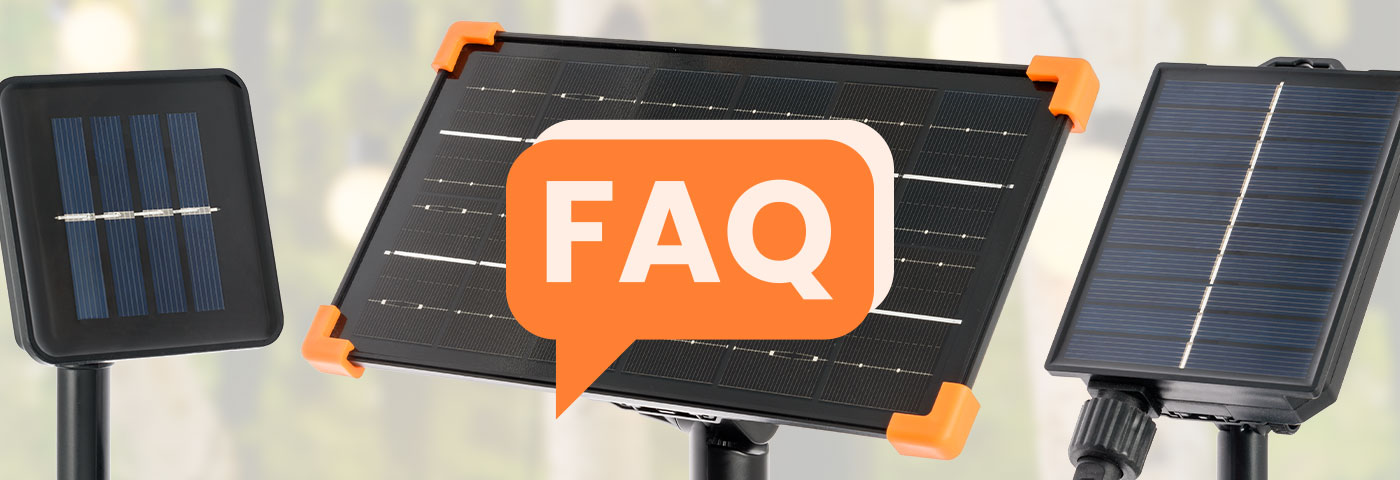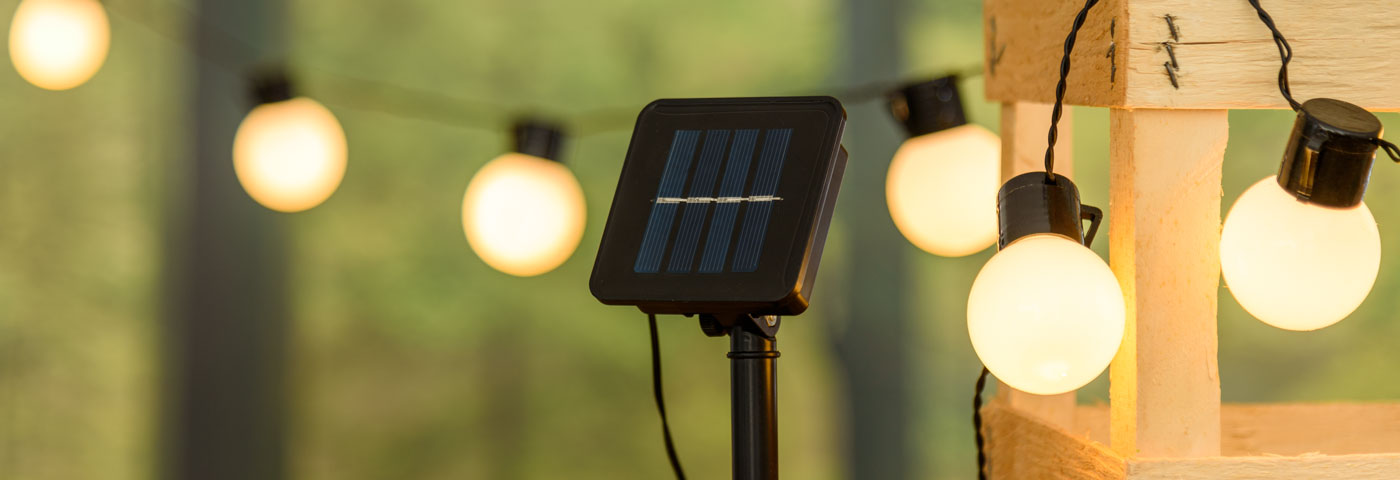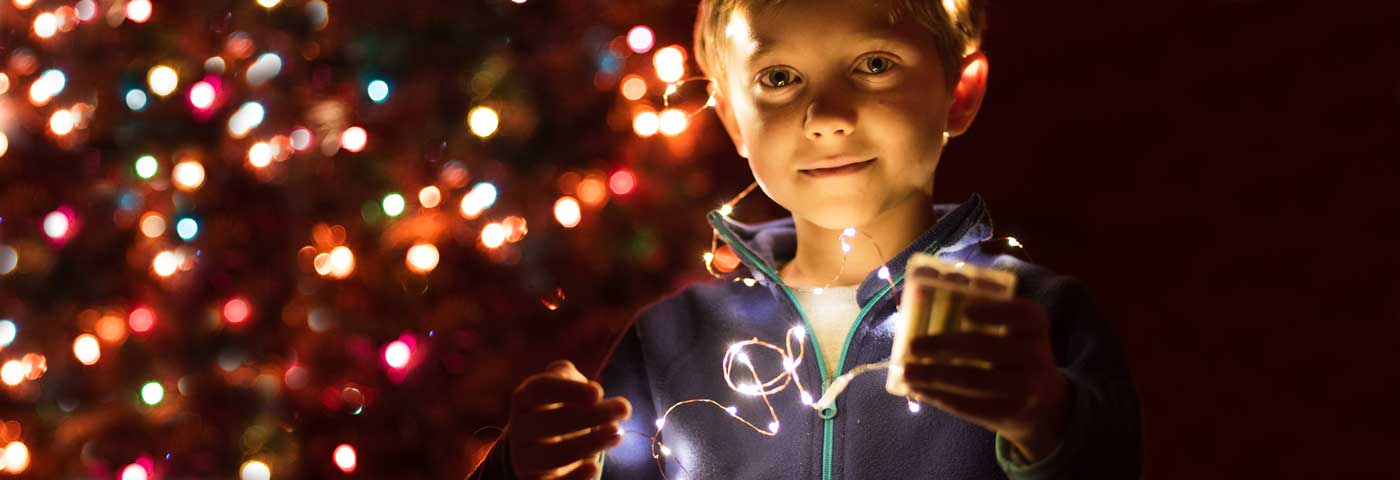How many lights for the Christmas tree?
One question, several answers. There are indeed several aspects to consider when estimating the amount of lighting required. Find out with us the right questions to ask yourself about this and what solutions you can adopt.

Date
29.10.2019
Reading time
2 min
This is the question we are most often asked as the Christmas season approaches: how many lights to use for decorating the Christmas tree?
It is a simple question, but the answer is not the same for everyone and must be provided on the basis of certain data, objective and otherwise.
First of all, the size and type of tree must be considered. In a second step, however, the usage requirements and expectations are crucial.
Is it the Christmas tree to keep in your living room, the pine tree to display in your private garden or the tree to set up for your shop or restaurant?
We at Luminal Park want to help you and be a point of reference when you take your tree out of the box and wonder how to make something amazing out of it.
Let us see together what factors to consider when choosing lights:

Christmas lights for indoors or outdoors?
The tree used indoors is normally smaller in size and therefore lends itself to richer and more imaginative decorations. Trees outside, on the other hand, being large, are normally decorated with only lights, which for the occasion should be as intense and bright as possible.
Look for tips and advice on how to decorate an indoor tree and how to decorate an outdoor tree in our dedicated posts.
Light strings are not all the same
A string of 60 lights can be more impressive than one with 100 lights: because it has larger or brighter bulbs or because the distance or interspacing between the LEDs is minimal.
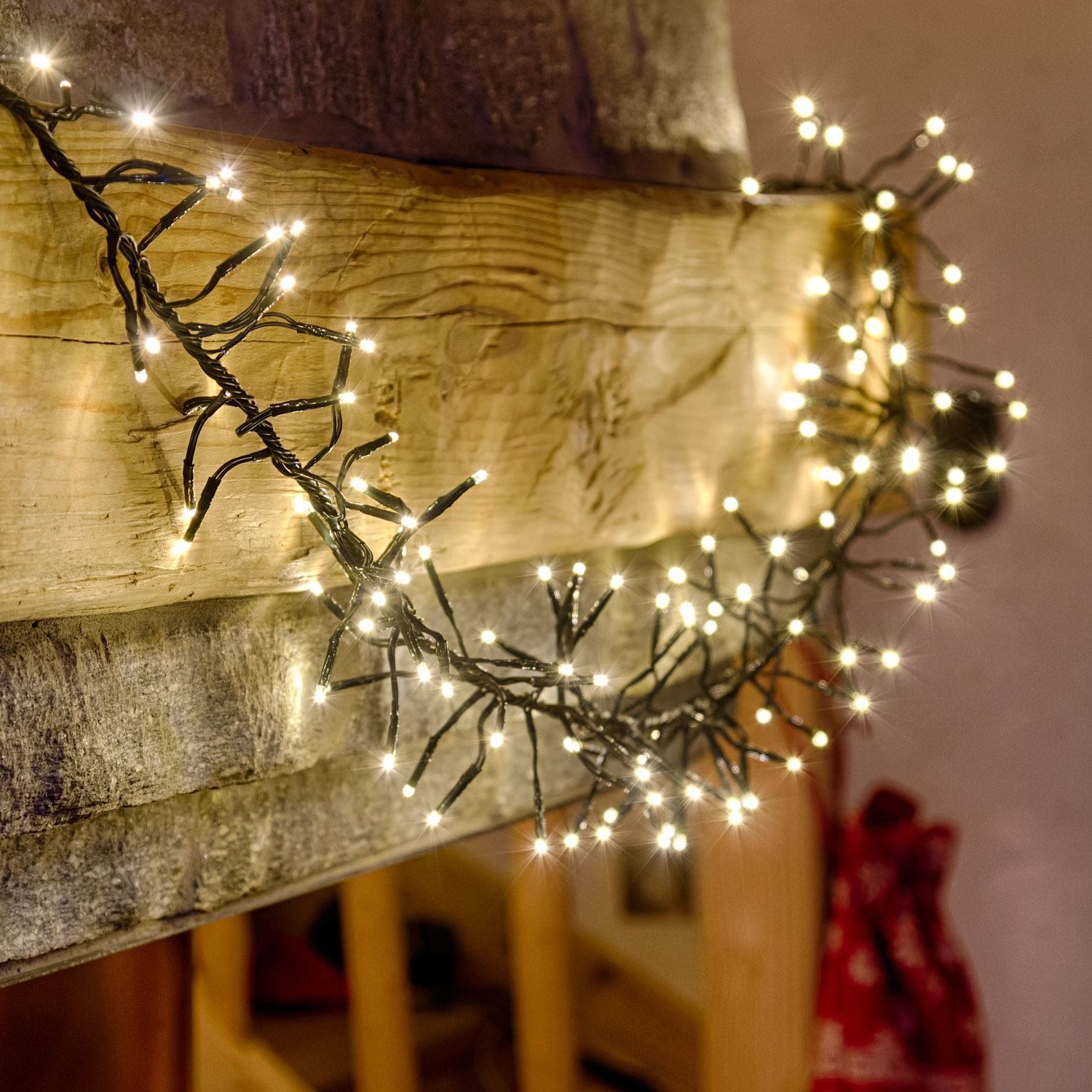
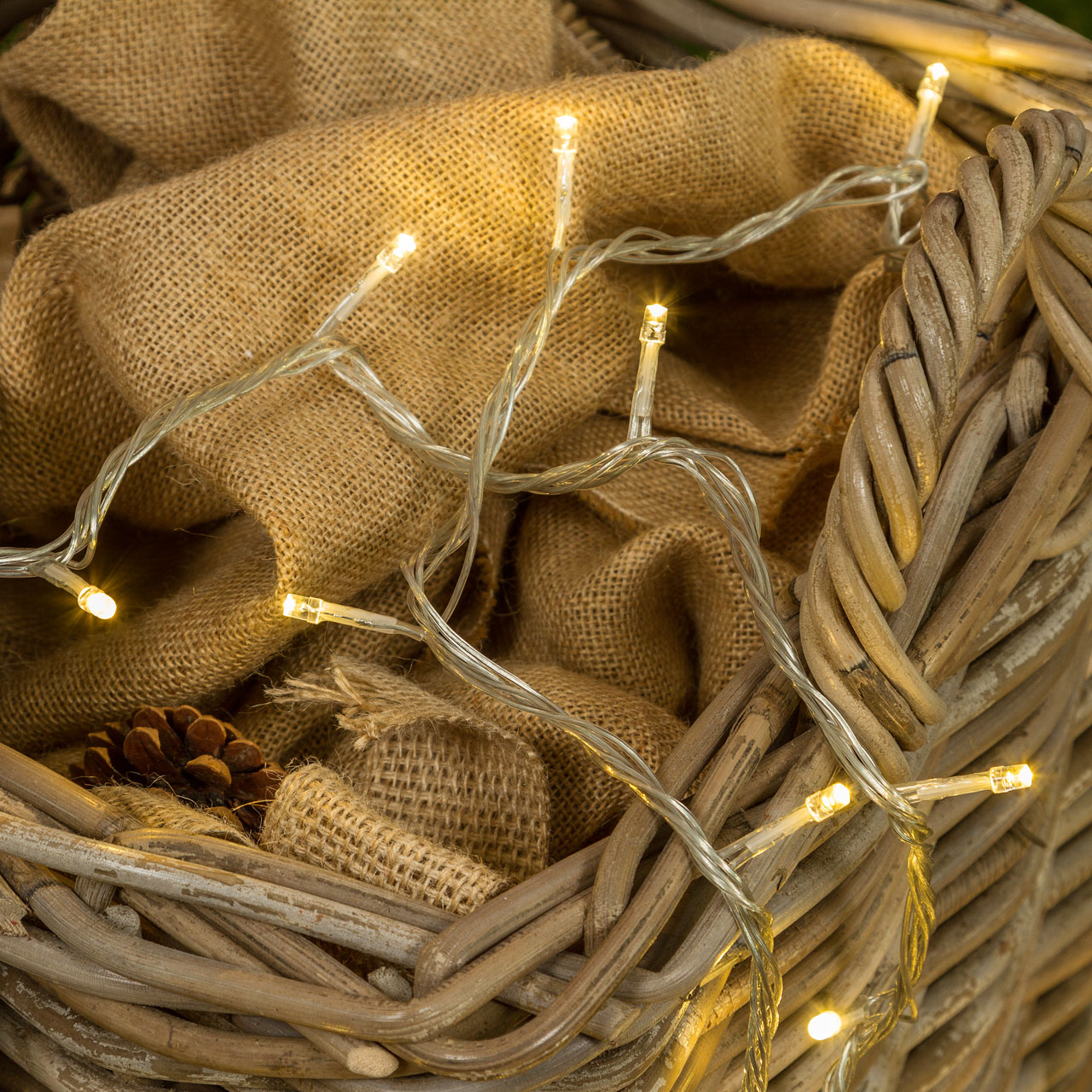
The more or less bright effect also depends on how you decorate your tree. You can wrap it with lights from the bottom upwards to form a spiral, or you can decorate it with parallel strands of lights lowered from the top downwards.
LEDs or incandescent?
By now, LED strings have become widespread, but those who use old luminaries most likely have to deal with incandescent strings.
In general, white LED bulbs have a higher brightness than incandescent bulbs, because cold light is brighter than warm light.
Actually, if we compare warm light strings, one LED and the other incandescent, we will see that the light intensity is practically the same. The difference between them concerns the power consumption.
The advantage of incandescent strings is that the light is evenly distributed, whereas LED lights project light at a certain angle (almost always 160 degrees).
In addition to saving money on electricity bills, LED lights offer a safer alternative when decorating public places or spaces housing children and pets.
Height and diameter of the tree: essential information
Given the incredible variety of lights, it might be more appropriate to start with the length of the cable than the quantity of lights.
The required square footage is calculated on the basis of the height and diameter at the base of the tree. Depending on the resulting value, one decides whether or not to opt for extendable light strings, Some of which allow for lengths of 100 metres with a single power supply.
Once the string of the desired length has been identified, one then chooses, according to one's taste, the one that has more or fewer lights points, checking the interspacing between the bulbs. This gap can range from a minimum of 1 to a maximum of 15 centimetres.
In general, a wider spacing allows for a better distribution of the lights, but to achieve a full lighting effect we will have to turn the string around our tree several times. On the contrary, with strings with a reduced interspacing of 1 to 3 centimetres the effect on the tree will be that of a luminous festoon.
The type of tree makes a difference
The choice of tree is not a simple matter: not everyone chooses or has available the traditional Christmas fir or an evergreen (or synthetic) tree. Some, for example, choose deciduous trees, dry trees, olive trees or magnolias.
In these cases it is very difficult to say how many lights are needed because each tree is a special case, being far from the standards of department store Christmas trees. In this case, the type of foliage, density and size of the branches determine the amount of lights.
Some large-leaved plants, for example, do not lend themselves optimally to decoration with strings of lights. These is because the large leaves would end up hiding them and thus greatly detract from the final effect. In this case it is better to use light decorations that can emerge from the foliage.
Indoor or outdoor tree?
As you can see, the criteria according to which a certain amount of light is chosen is determined by the answer to other, equally important questions.
The question you should always start with is: "Do I want to decorate a tree indoors or outdoors?"
The answer to this question will help you select the most suitable and effective light string to make your tree more beautiful than ever.




